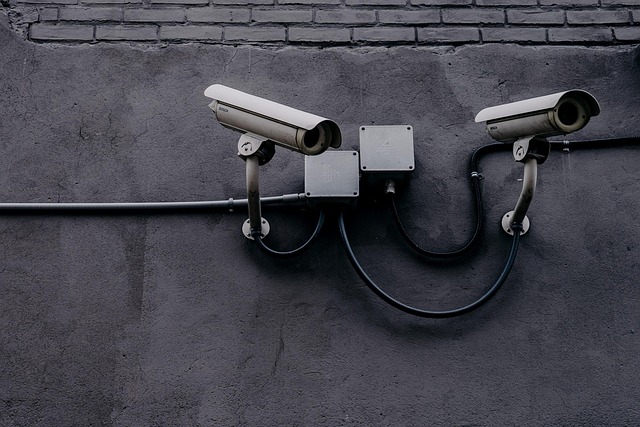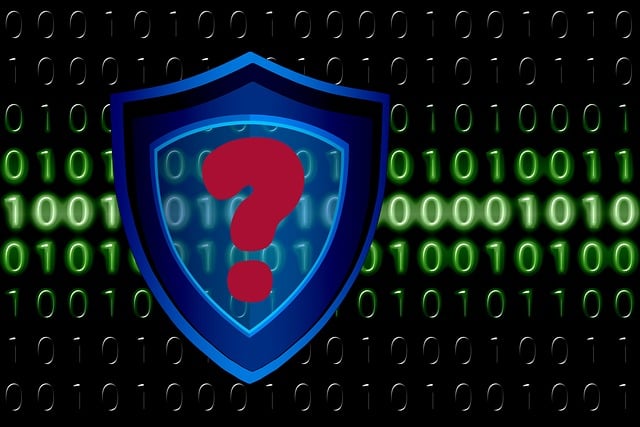Smart home security offers integrated technology for comprehensive, convenient, and safe protection. By interconnecting devices like motion detectors, door/window sensors, and facial recognition cameras, it provides real-time alerts via a smartphone app. Advanced encryption and secure cloud storage ensure data safety. Integrating smart tech into your home safety system boosts peace of mind and security, offering features like instant threat notifications, remote monitoring, automated routines, and AI-driven learning for robust protection against break-ins, fires, and more. Tailoring the system to specific needs involves evaluating existing setup, prioritizing devices, considering connectivity, and maintaining software updates for optimal security.
Stay ahead of potential threats and upgrade your home safety with the power of smart technology. In today’s digital age, smart home security offers an advanced, modern approach to protect what matters most. This comprehensive guide delves into the various aspects of transforming your home into a secure smart space. From understanding the fundamentals to choosing the right devices and implementing a robust system, we’ll explore the benefits and key components, ensuring you’re well-equipped for enhanced safety.
- Understanding Smart Home Security: The Modern Approach to Protection
- Benefits of Integrating Smart Technology for Home Safety
- Key Components of a Smart Home Security System
- Choosing the Right Smart Devices for Your Needs
- Implementing and Maintaining Your Smart Home Security System
Understanding Smart Home Security: The Modern Approach to Protection

Smart home security represents a modern approach to protecting your space, utilizing technology to enhance safety and convenience. This innovative system goes beyond traditional alarms by integrating various devices and sensors into a connected network. From motion detectors and door/window sensors to advanced cameras with facial recognition, smart home security offers a comprehensive solution.
The beauty of this setup lies in its ability to provide real-time alerts, allowing you to monitor your home remotely via a smartphone app. You can receive instant notifications when someone enters your property, ensuring quick response times. Additionally, these systems often include advanced encryption and secure cloud storage for recorded data, giving you peace of mind knowing your home is protected with cutting-edge technology.
Benefits of Integrating Smart Technology for Home Safety

Integrating smart technology into your home safety system offers a multitude of benefits, enhancing both peace of mind and overall security. Smart home security devices provide real-time monitoring and alerts, allowing immediate response to potential threats like break-ins or fires. With motion sensors, door and window contacts, and intelligent cameras, these systems detect unusual activities and notify homeowners or authorities instantly.
Moreover, smart technology provides convenience and accessibility. Homeowners can remotely monitor their properties via mobile apps, ensuring they stay connected even when away. Automated routines, such as adjusting lighting and locking doors at specific times, add an extra layer of security. Additionally, these systems learn patterns, improving efficiency over time and creating a robust, interconnected network that makes your home safer and smarter.
Key Components of a Smart Home Security System

A comprehensive smart home security system is a modern homeowner’s best defense against potential threats. The key components typically include advanced surveillance cameras that offer motion detection, high-definition video quality, and night vision capabilities. These cameras can be remotely accessed through a user-friendly app, allowing homeowners to monitor their property from anywhere.
Additionally, smart door locks and security sensors are integral parts of this tech-driven setup. These devices enable remote locking and unlocking, receive real-time alerts for unauthorized access attempts, and can even integrate with your existing alarm system for enhanced protection. Smart home security systems also leverage artificial intelligence to learn routines, differentiate between familiar faces and strangers, and provide intelligent alerts, ensuring that every corner of your home is secured.
Choosing the Right Smart Devices for Your Needs

When upgrading your home’s safety with smart technology, it’s crucial to select devices that align with your specific requirements and lifestyle. The first step is evaluating your existing security setup and identifying areas for improvement. For instance, if you primarily want to enhance monitoring, smart cameras and motion sensors can provide comprehensive coverage and real-time alerts. Alternatively, those focused on remote access and peace of mind might prioritize smart door locks and surveillance systems that offer live video streaming.
Consider your daily routines and priorities; do you need 24/7 monitoring, or is having a system you can remotely control during travel sufficient? Additionally, think about connectivity options and compatibility with your existing home network to ensure seamless integration. By understanding your needs, you can choose from the vast array of smart home security devices available, creating an effective, tailored solution for your residence.
Implementing and Maintaining Your Smart Home Security System

Implementing a smart home security system is an exciting step towards enhancing your home’s safety and peace of mind. The first step is choosing a comprehensive system that suits your needs, whether it includes smart cameras, motion sensors, or automated locks. Research different brands and features to find the best fit; many systems offer customization options to tailor protection to specific areas. Once installed, these devices connect seamlessly through your home’s Wi-Fi network, allowing you to monitor and control them remotely via a dedicated app.
Maintenance is key to keeping your smart security system efficient. Regularly update the software to patch security vulnerabilities and ensure smooth operation. Check device batteries and connections, especially during power outages, to prevent false alarms. Additionally, keep your login credentials secure and consider setting up two-factor authentication for an extra layer of protection. By following these simple steps, you’ll maintain a robust smart home security system, providing advanced safety features while remaining user-friendly.
Upgrading your home’s safety with smart technology is no longer a futuristic concept; it’s a practical, efficient way to secure your space in today’s digital age. By integrating smart home security systems, you gain peace of mind, enhanced control, and advanced protection. From motion sensors and surveillance cameras to automated locks and intelligent alarms, these devices work together to create an impenetrable fortress. Remember that the key is choosing the right devices for your specific needs, implementing them seamlessly, and maintaining regular updates for optimal performance. Embrace the benefits of smart home security and transform your living environment into a safe haven.
